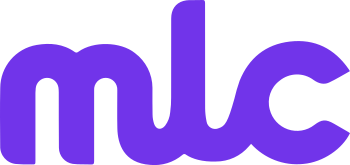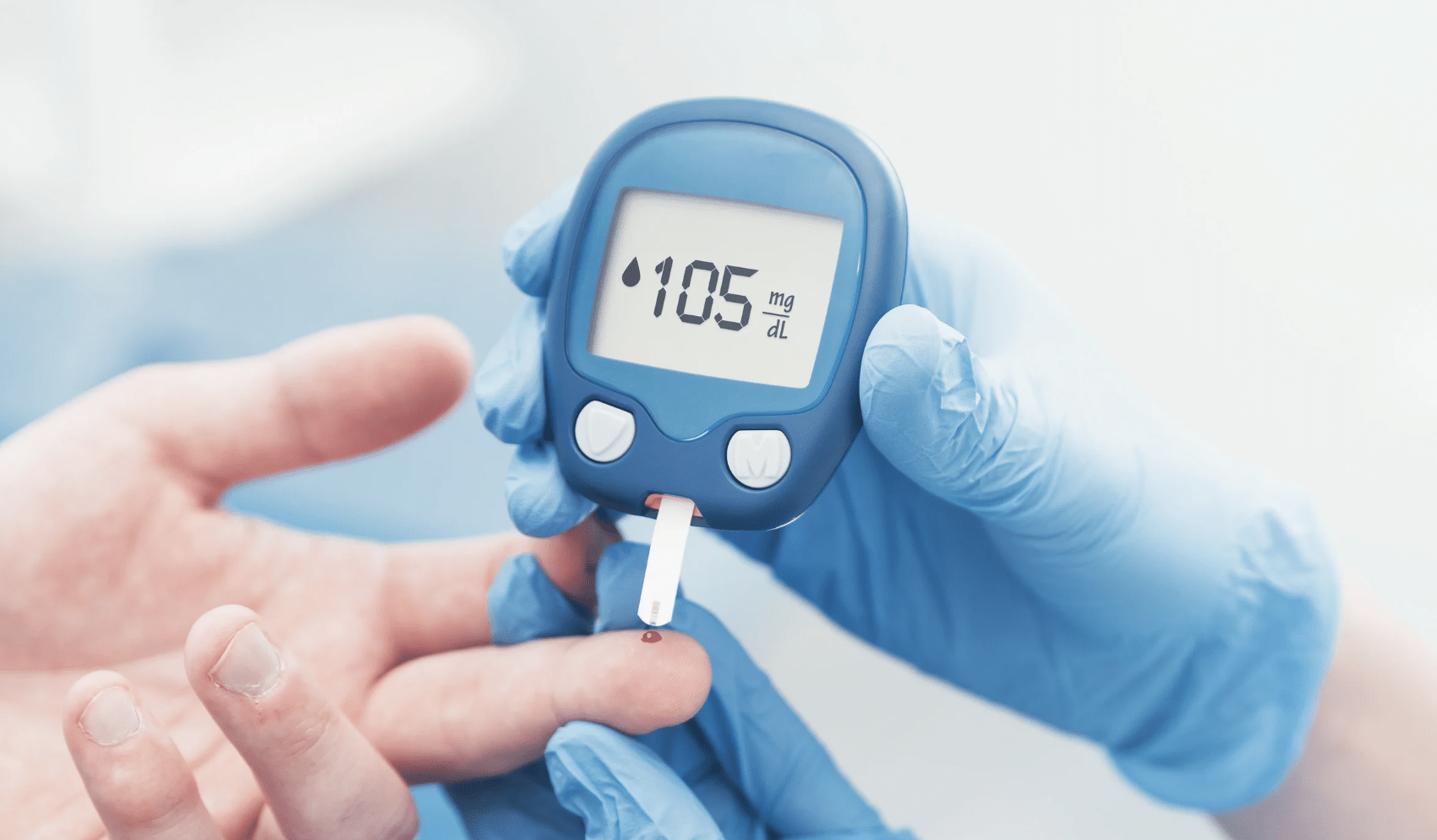Medical Device instruction translation complexities
Understanding the complexities of translating Instructions for Medical Devices
In the global healthcare industry, the precise translation of medical device instructions is paramount. The effectiveness, safety, and usability of medical devices heavily rely on accurate translation to ensure proper usage by healthcare professionals and patients. This article delves into the intricacies of translating instructions for medical devices, emphasising the significance of professional translators, regulatory compliance, and quality assurance in the translation process.
The Role of Professional Translators
Translating instructions for medical devices requires a specialised skill set. Professional translators with expertise in the medical field are essential for producing accurate and comprehensible translations. These translators possess a deep understanding of medical terminology, clinical trial protocols, and the regulatory landscape. Their proficiency ensures that translations maintain the integrity of the original content, reducing the risk of misinterpretation and potential harm to patients.
Importance of Accurate Translation
Accuracy in medical device translation is non-negotiable. Inaccurate translations can lead to severe consequences, including improper device usage, misdiagnosis, and adverse patient outcomes. To achieve accurate translation, translators must consider the target language and cultural nuances, ensuring that the instructions are clear and relevant to the end-users. This includes translating technical documentation, user manuals, device labelling, and instructions for use (IFUs) with meticulous attention to detail.
Regulatory Compliance and Quality Assurance
The medical device industry is heavily regulated to ensure the safety and efficacy of devices. Regulatory requirements for medical device translation vary by region but universally demand high standards of accuracy and clarity. Compliance with these regulations is crucial for medical device manufacturers seeking market approval and maintaining their reputation.
Quality assurance processes are integral to regulatory compliance. Translation services must implement a robust quality management system to verify the accuracy and consistency of translations. This involves multiple stages of review, including linguistic and technical validation, proofreading, and high level proofreading to ensure that the final product meets regulatory standards and user needs.
The Translation Process
The translation process for medical devices is a multi-faceted endeavour that involves several key steps:
Project Initiation,The project manager collaborates with the medical device manufacturer to define the scope, timeline, and specific requirements for the translation. This includes identifying the target languages and regions, and really understanding the in depth need of the client, their content and their end goal.
Content Analysis, The source material, including technical documentation and user manuals, is analysed to determine the complexity and volume of the content to be translated.
Translation, Professional translators with medical expertise, lived experience translate the content, ensuring accuracy and adherence to medical terminology.
Review and Validation, The translated content undergoes rigorous review and validation processes. This includes linguistic review by native speakers and technical validation by subject matter experts.
Regulatory Review, The translation is reviewed for compliance with regional regulatory requirements. This step ensures that the translation meets all necessary legal and regulatory standards.
Finalisation and Delivery, The finalised translation is delivered to the medical device manufacturer for integration into the product’s labelling, user interface, and IFUs.
Challenges in Medical Device Translation
Translating instructions for medical devices presents several challenges:
Complex Terminology, Medical terminology can be highly specialised and complex. Translators must have a deep understanding of medical language to ensure accurate translations. Regulatory Variability, Regulatory requirements for medical devices differ across regions, necessitating tailored translations that comply with specific regional standards. Technical Content, Instructions for medical devices often include technical content that requires precise translation to maintain functionality and safety. Cultural Considerations, Cultural differences can impact the interpretation of medical instructions. Translators must be aware of these nuances to produce relevant and comprehensible translations.
Benefits of Professional Translation Services
Engaging professional translation services offers numerous benefits for medical device manufacturers:
Enhanced Safety, Accurate translations ensure that healthcare professionals and patients can use medical devices safely and effectively, reducing the risk of errors. Regulatory Compliance, Professional translators are well-versed in regulatory requirements, ensuring that translations meet all necessary standards for market approval. Improved User Experience, High-quality translations enhance the user experience by providing clear and comprehensible instructions, improving the usability of medical devices. Market Expansion, Accurate translations enable medical device manufacturers to expand their market reach by catering to diverse linguistic and cultural demographics.
In the medical device industry, the translation of instructions is a critical component of ensuring device safety, efficacy, and usability. Professional translators, equipped with medical expertise and knowledge of regulatory requirements, play a pivotal role in producing accurate and reliable translations. By adhering to rigorous quality assurance processes and addressing the challenges of medical device translation, manufacturers can achieve regulatory compliance, enhance user experience, and ultimately improve patient outcomes.
Understanding the complexities of translating medical device instructions highlights the importance of professional translation services in this highly regulated and specialised field. By prioritising accuracy, regulatory compliance, and quality assurance, the medical device industry can continue to advance global healthcare and improve the lives of patients worldwide.

